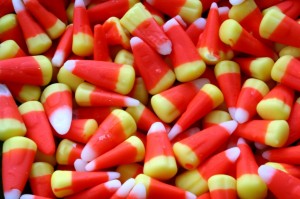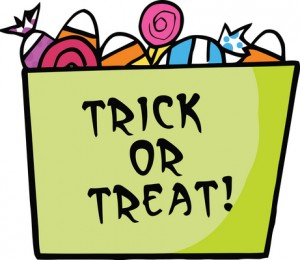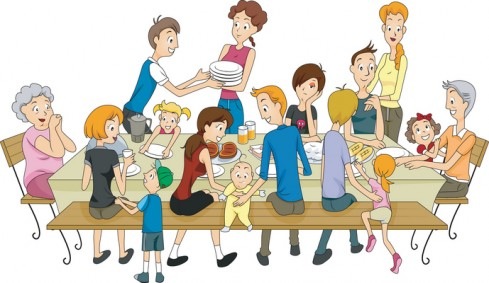It’s candy corn time! Those little tri-colored triangles have celebrated over 130 birthdays and are still going strong. Here are 7 things you probably never knew about candy corn:
1. Candy corn was created in the 1880s by George Renninger of the Wunderlee Candy Company. It was quite popular among farmers who loved the corn kernel shaped candy that looked different than a lot of other candy. The Goelitz Candy Company, famous for their candy corn, began selling their brand around 1900. They still make candy corn today, but their company name has changed to the Jelly Belly Candy Company (guess what else they make).
2. Candy corn, a type of candy that’s over 130 years old, is a “mellow cream,” or candy that’s made from corn syrup and sugar with a marshmallow kind of flavor. It tastes rich, but it’s actually fat-free.
3. The original three colors of candy corn: orange, yellow, and white, mimic a corn kernel although each piece of candy is about three times the size of an actual kernel. The wide side of the triangular candy is yellow, it’s orange in the middle, and the pointy end is white.
4. Although 75% of the annual candy corn production is for Halloween, you can find it year round in varying holiday colors. There’s:
- Brown (chocolate flavored), orange, and white Indian corn for Thanksgiving
- Red, green, and white Reindeer corn for Christmas
- Red, pink, and white Cupid corn for Valentine’s Day, and
- Pastel-colored Bunny corn for Easter
5. A serving of Brach’s Candy Corn – which can be found just about everywhere — is nineteen pieces and has140 calories (approximately 7.4 calories per kernel)., zero grams of fat, 70 mg of sodium, 36 grams of carbs, and no protein. Candy corn has 3.57 calories per kernel. A large bag of Brach’s candy corn is 22 ounces and has about 300 pieces. Ingredients in Brach’s candy corn: sugar, corn syrup, confectioner’s sugar glaze, salt, honey, dextrose, artificial flavor, gelatin, titanium dioxide color, yellow 6, yellow 5, red 3, blue 1, sesame oil.
6. According to the National Confectioners Association, candy makers will produce nearly 35 million pounds of candy corn this year; about 9 billion individual kernels of corn. It’s so popular that it has its own day; October 30 is National Candy Corn Day.
7. Originally candy corn was made by hand. Sugar, water, and corn syrup were cooked into a slurry (a thin mud consistency) in large kettles. Fondant (a sweet, creamy paste made from corn syrup, sugar, and water) and marshmallow were whipped in to give it a smooth texture and make it soft to bite.
The hot mixture was poured into “runners,” or hand-held buckets that held 45 pounds of candy mixture.
Next, men called “stringers” would walk backward as they poured the steaming mixture into trays coated with cornstarch and imprinted with kernel-shaped molds. They made three passes; one each for the orange, white and yellow colors.
Today, the candy recipe is still pretty much the same but the production is mechanized. A machine fills trays of kernel-shaped holes with cornstarch to hold the candy in corn triangle shape. The holes are partially filled with white syrup, then orange syrup, followed by yellow syrup. The mold is allowed to cool and the mixture hardens for about 24 hours. Then a machine empties the trays allowing the kernels to fall into chutes. A big sifter shakes loose any excess cornstarch and finally the candy corn is glazed to make it shine.
Candy Corn Flavors
Candy corn and candy corn flavors are big – apparently, according to Time, appearing in booze, bagels, cookies, and beyond. Nabisco released a limited-edition of candy-corn Oreos, exclusively for Target (but they also can be found on Amazon). They have yellow-and-orange cream filling sandwiched between vanilla wafers. Wal-Mart has candy corn yellow, orange, and white jumbo M&Ms with white chocolate filling.
For more holiday eating tips, strategies, and information check out my book, The Sensible Holiday Eating Guide: How To Enjoy Your Favorite Foods Without Gaining Weight, available from Amazon for your kindle or kindle reader.




